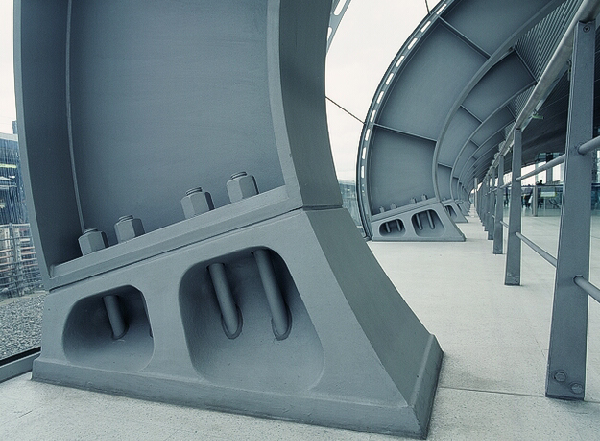
CARBON STEEL
Carbon Steel can be segregated into three main categories: Low carbon steel (sometimes known as mild steel); Medium carbon steel; and High carbon steel.
Low Carbon Steel (Mild Steel): Typically contain 0.04% to 0.30% carbon content. This is one of the largest groups of Carbon Steel. It covers a great diversity of shapes; from Flat Sheet to Structural Beam. Depending on the desired properties needed, other elements are added or increased. For example: Drawing Quality (DQ) – The carbon level is kept low and Aluminum is added, and for Structural Steel the carbon level is higher and the manganese content is increased.
Medium Carbon Steel: Typically has a carbon range of 0.31% to 0.60%, and a manganese content ranging from .060% to 1.65%. This product is stronger than low carbon steel, and it is more difficult to form, weld and cut. Medium carbon steels are quite often hardened and tempered using heat treatment.
High Carbon Steel: Commonly known as “carbon tool steel” it typically has a carbon range between 0.61% and 1.50%. High carbon steel is very difficult to cut, bend and weld. Once heat treated it becomes extremely hard and brittle.
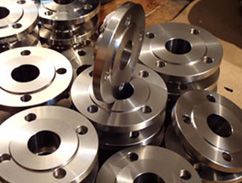
MILD STEEL
Alloy steel is steel that is alloyed with a variety of elements in total amounts between 1.0% and 50% by weight to improve its mechanical or physical properties. Alloy steels are broken down into two groups: low-alloy steels and high-alloy steels.
The following is a range of improved properties in alloy steels (as compared to carbon steels): strength, hardness, toughness, wear resistance, corrosion resistance, hardenability, and hot hardness. To achieve some of these improved properties the metal may require heat treating.
Some of these find uses in exotic and highly-demanding applications, such as in the turbine blades of jet engines, in spacecraft, and in nuclear reactors. Because of the ferromagnetic properties of iron, some steel alloys find important applications where their responses to magnetism are very important, including in electric motors and in transformers.
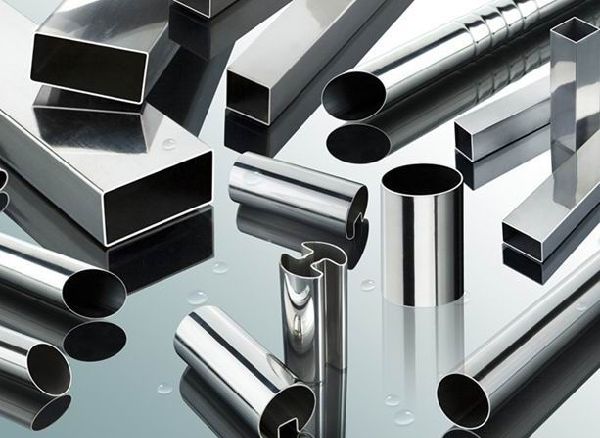
STAINLESS STEEL
Stainless steel does not readily corrode, rust or stain with water as ordinary steel does. However, it is not fully stain-proof in low-oxygen, high-salinity, or poor air-circulation environments.[2] There are different grades and surface finishes of stainless steel to suit the environment the alloy must endure. Stainless steel is used where both the properties of steel and corrosion resistance are required.
Stainless steel differs from carbon steel by the amount of chromium present. Unprotected carbon steel rusts readily when exposed to air and moisture. This iron oxide film (the rust) is active and accelerates corrosion by forming more iron oxide; and, because of the greater volume of the iron oxide, this tends to flake and fall away. Stainless steels contain sufficient chromium to form a passive film of chromium oxide, which prevents further surface corrosion by blocking oxygen diffusion to the steel surface and blocks corrosion from spreading into the metal's internal structure.[3] Passivation occurs only if the proportion of chromium is high enough and oxygen is present.
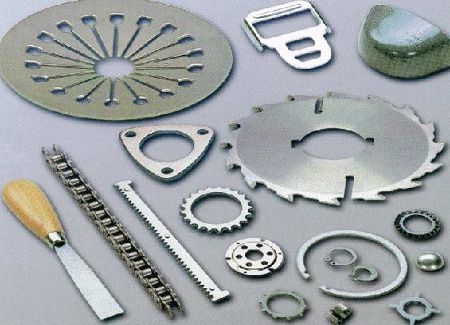
TOOL STEEL
Tool steel refers to a variety of carbon and alloy steels that are particularly well-suited to be made into tools. Their suitability comes from their distinctive hardness, resistance to abrasion and deformation and their ability to hold a cutting edge at elevated temperatures. As a result, tool steels are suited for their use in the shaping of other materials.
With a carbon content between 0.5% and 1.5%, tool steels are manufactured under carefully controlled conditions to produce the required quality. The presence of carbides in their matrix plays the dominant role in the qualities of tool steel. The four major alloying elements in tool steel that form carbides are: tungsten, chromium, vanadium and molybdenum.
Tool steels are used for cutting, pressing, extruding, and coining of metals and other materials. Their use, such as the production of injection molds, is essential, due to their resistance to abrasion, which is an important criterion for a mold that will be used to produce hundreds of thousands of moldings of a product or part.
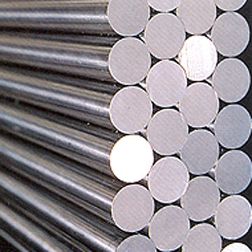
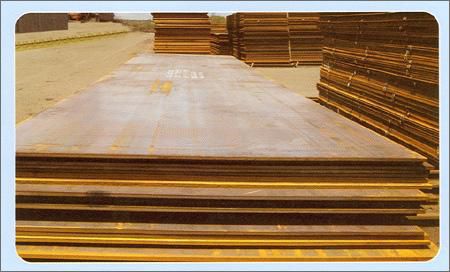
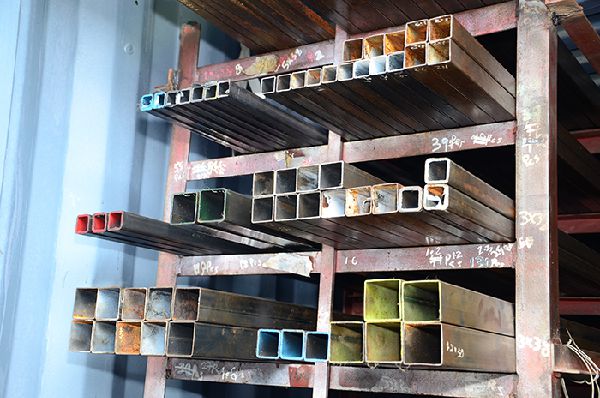
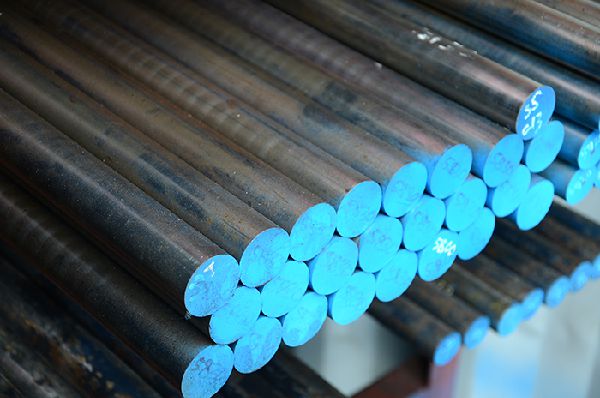
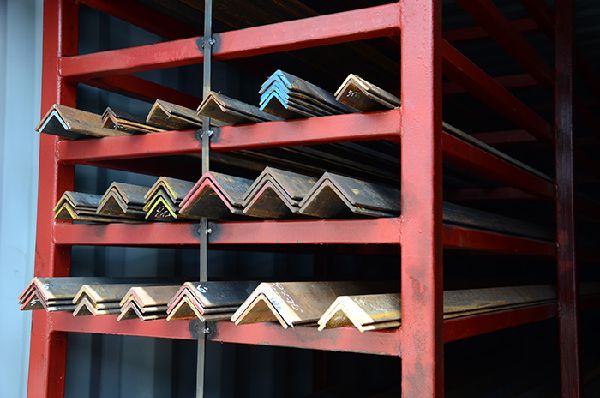
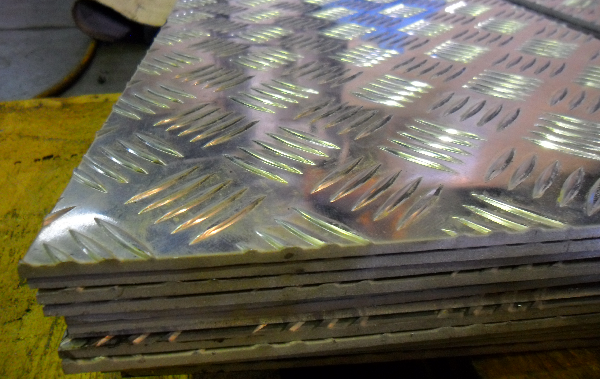
FOLLOW US